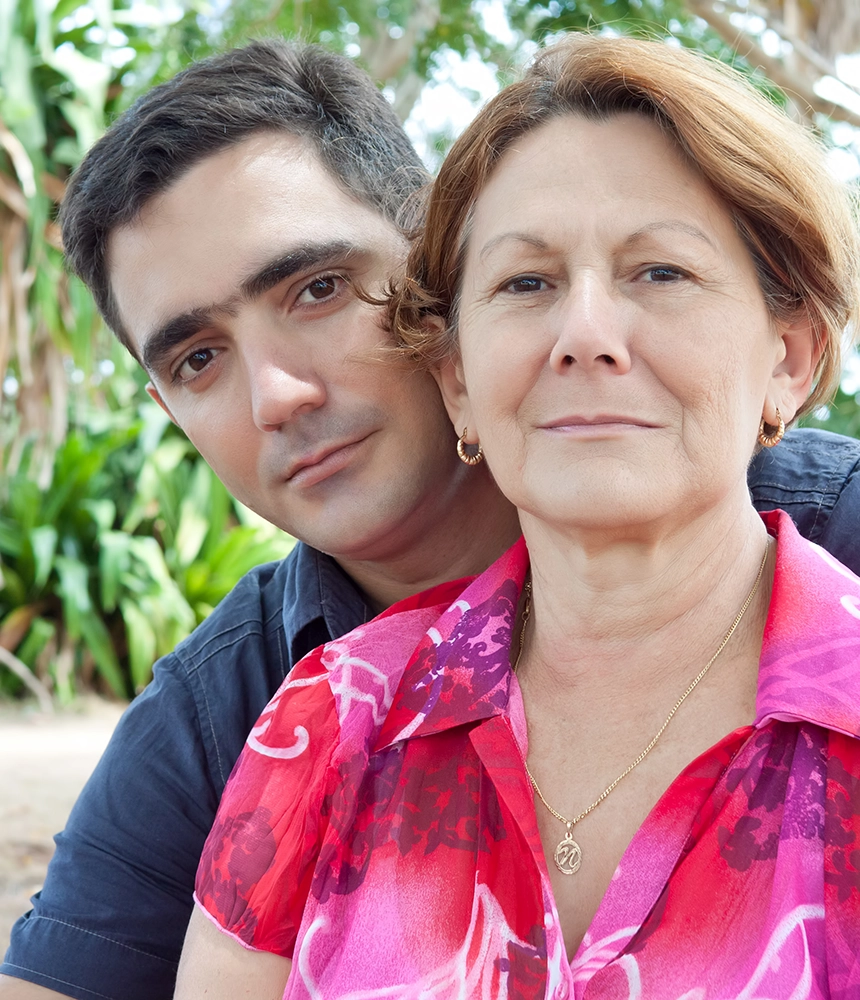Opioids, also known as opiates or narcotics, are commonly used drugs in healthcare settings to help treat serious injuries or pain, but they are also highly addictive. Opioids include heroin, morphine, and opium as well as common prescription drugs such as OxyContin, Vicodin, codeine, and Percocet.
While prescription opioids are usually taken in pill form, opioids can also be snorted, inhaled or injected — which releases the drug into the bloodstream quickly, causing extreme pleasure, breathing issues, and nausea. Taking too many opioids can shut down breathing and cause overdose or death.



